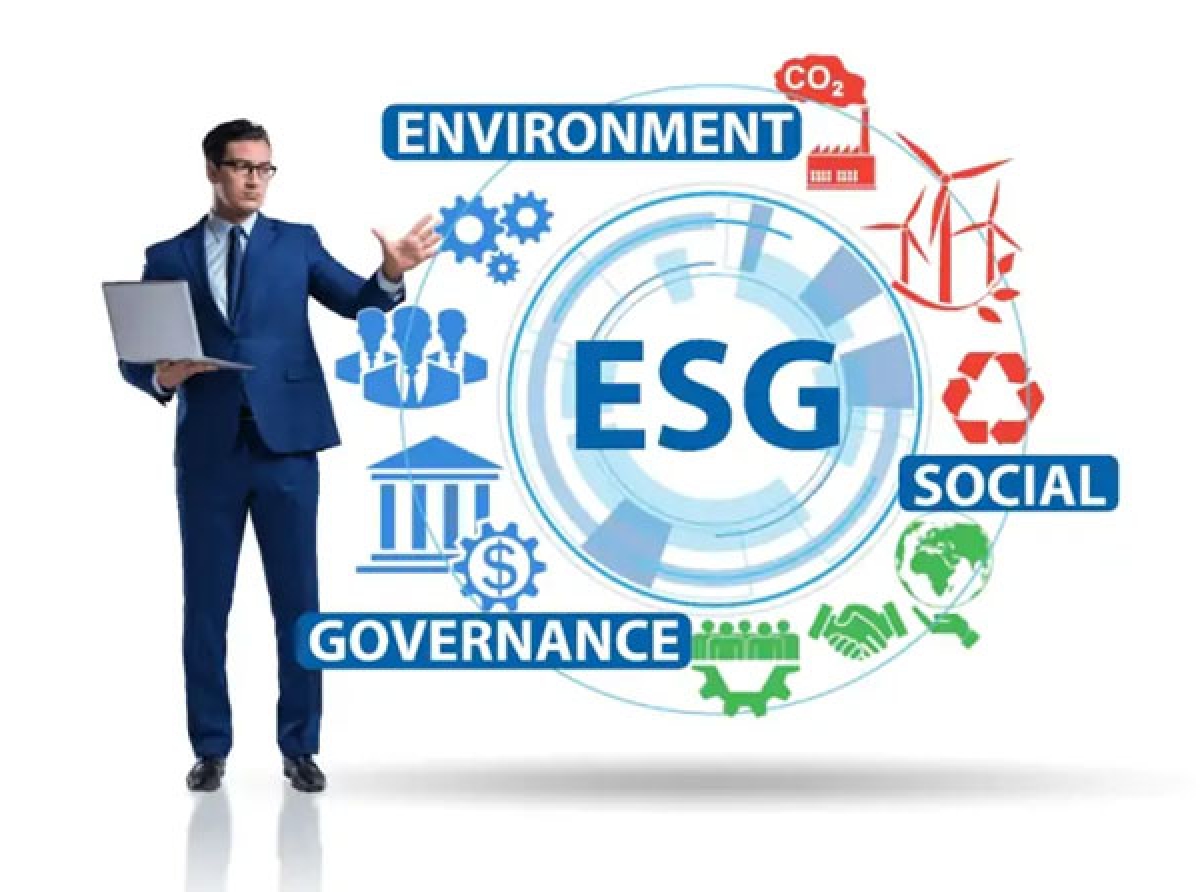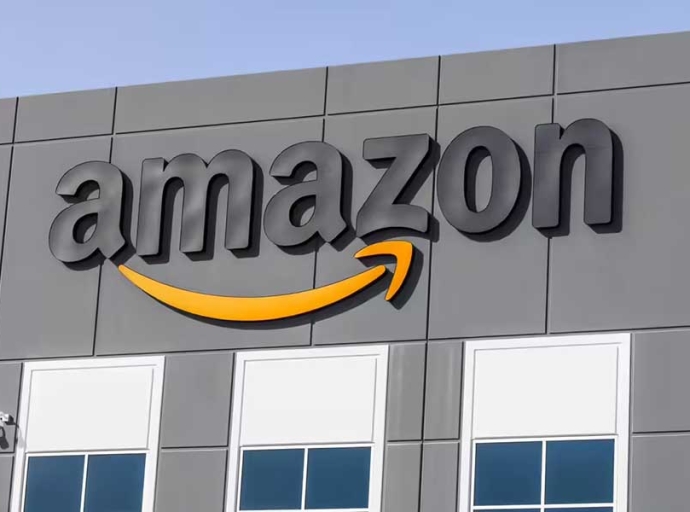08 September 2022, Mumbai:
The estimated size of the worldwide textile market in 2020 was close to $1000 billion, and it is expected to rapidly increase at a compound annual growth rate (CAGR) of 4.4% from 2021 to 2028. In the upcoming years, the market is anticipated to be driven by rising demand for apparel/clothing from the fashion sector and the development of e-commerce platforms. Five of the seventeen Sustainable Development Goals (SDGs) are climate action, gender equality, responsible consumption and production, proper sanitation followed by clean water, and decent work and economic growth—which are related to the textile sector. Globally, textile firms are aggressively promoting pollution-reduction techniques and establishing emission targets to slow climate change.
A critical part of the ESG initiatives is responsible manufacturing
The textile sector, which ranks among the most polluting in the world, must look into sustainable practices to reduce resource consumption and pollution, enhance worker safety, and protect customers' right to make informed purchasing decisions. Agriculture, manufacturing, processing, fabric care, usage, recycling, and disposal are part of its supply chain. The semblance is that textile industry has started to take leadership in limited sense delivering real impact, focusing on reducing or controling its water & carbon footprint.
Therefore, the adverse effects on the environment must be considered in the sustainable growth of the textile industry, and appropriate mitigation measures must be put in place. The capacity of sustainable textiles to decrease waste by ensuring the reuse and recycling of goods while reducing the consumption of resources like land, water, and oil is crucial to the industry's survival. The textile sector should also concentrate on sustainability-related issues, such as protecting the environment and public health, workplace safety, gender equality, and satisfying customer demand for eco-friendly textile goods.
Green sourcing-supply chain
The cliche in the power corridor is," A green supply chain is a requirement for profitability as businesses stare today heigtened levels of operational and financial risk". Green Sourcing stands as a significant step in the textile industry at large. Introduction of new sustainable procedures and rules for all sourcing departments, which will increase value.
Take note of the availability of raw resources in this market and sector that might be practical and long-lasting. A critical factor in the industry that may be considered to improve its operating system is the comparison of the costs of sustainable and non-sustainable products and services.
AN ESG SNAPSHOT
Giving a quick context of challenges organizations are confronting especially in India include obtaining ESG metrics from supply chain partners and third parties to validate. Therefore, its also essential to do regular reviews and monitoring while modifying the sourcing strategy to follow the requirements and expectations of the designated organization.
Factoring in energy transition cost, supply chain sustainability commitment goals and regulatory compliance are some of the odds while reaching sustainability in the textile industry. Achieving sustainability without sacrificing commercial competitiveness, changing from a low-cost ready-made garment/apparel business to one that produces value-added goods. Promoting more investment in independent R&D and strengthening industry-institute partnerships. And increasing the ability to innovate and giving the resources needed to keep such inventions alive.
Future Roadmap
EY's one of the earlier report mentions," With the EU Strategy for Sustainable and Circular Textiles, the Commission aims to ensure that by 2030, textile products have a longer life, recyclable where possible. In line with the proposed ESPR, the Commission will introduce mandatory ecodesign requirements for textiles focusing on aspects of product design". The Companies Act, of 2013 introduced one of the first ESG disclosure requirements for companies.
The article is getting readers' trade insights sharing how the strategy will help the EU shift to a climate-neutral, circular textile economy pushing sector-producing articles meant to be environmentally sustainable. IOTs is transforming the businesses/sectors globally & AI can help business stakeholders visualize their ESG data, and visibly green hydrogen solutions to accelerate the clean energy transition can be some of the ways to transit in the direction of attaining neutrality as stated by many corporates.
Join our community on Linkedin
Latest Publications


































